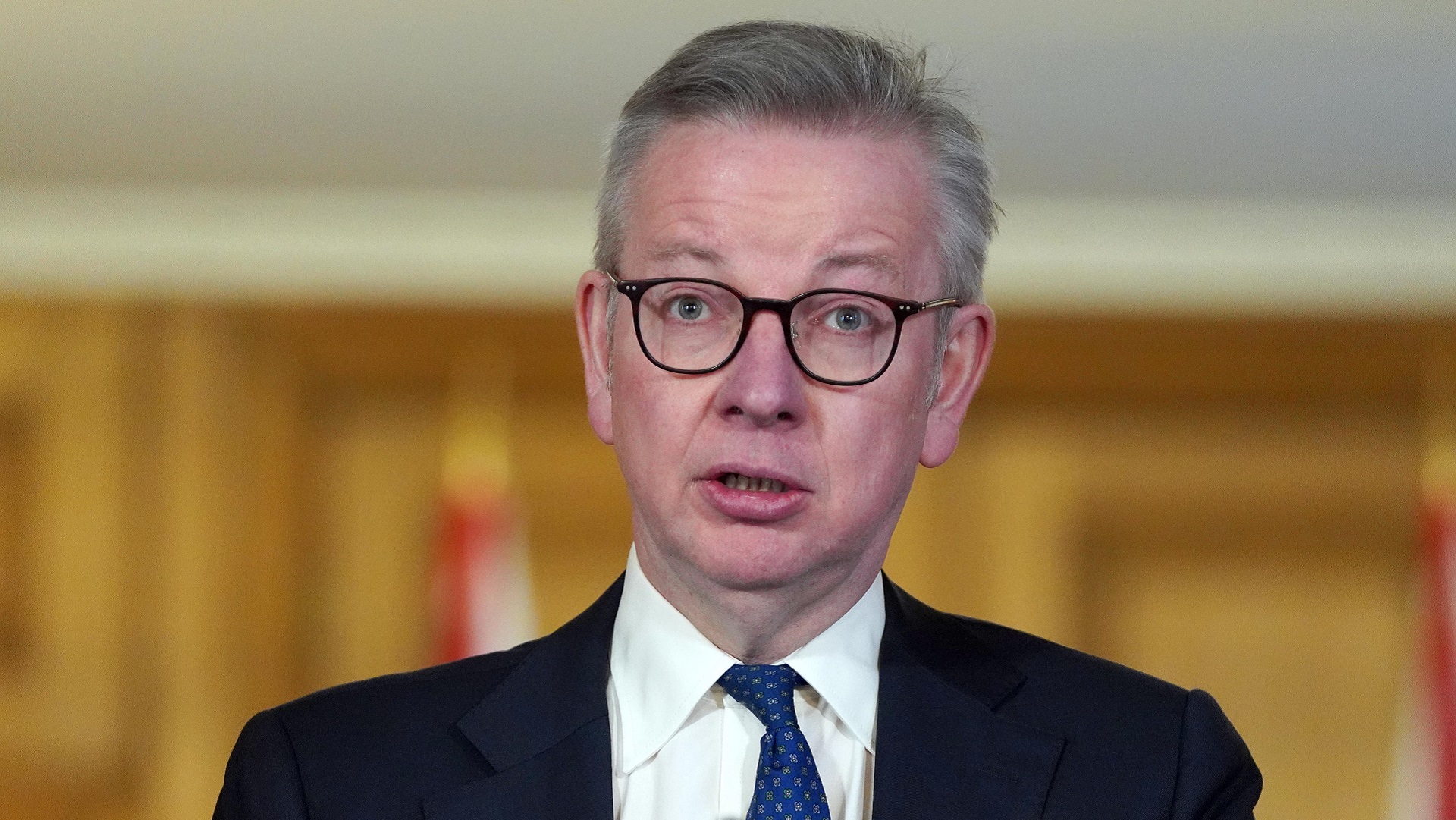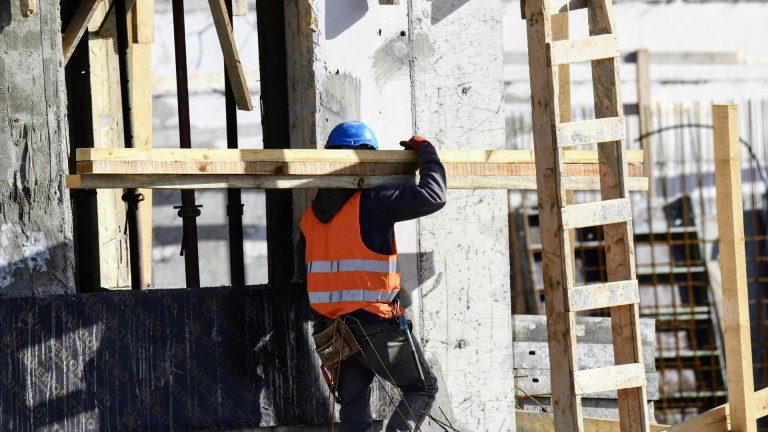By the time he was sacked in July 2022 he had won many around. Gove played hardball with developers and squeezed billions of pounds out of them to ensure most people in buildings over 11 metres in height would not pay for the removal of dangerous cladding. He also got developers to sign up to a building safety pledge to commit to carrying out works.
He also introduced the Social Housing Regulation Bill to fix the standard of social housing following campaigning from Kwajo Tweneboa and reporting by ITV News. He named and shamed social housing providers who failed to provide quality homes, including warning the UK’s largest housing association Clarion he would take a “personal and direct interest” in its progress.
Crucially, Gove earned the trust of cladding campaigners and Tweneboa reaching out to them and including their point of view in reforms.
Similarly, Gove also unveiled the Renters’ Reform Bill – a series of rental reforms designed to change the power dynamic between landlord and tenant. That included a promise to axe no-fault evictions over three years after the government first promised to do so.
Progress on the cladding scandal and Renters’ Reform Bill has stalled
Trust is hard won as a cabinet minister. Gove was replaced as home secretary by Greg Clark who kept the seat warm in the summer until Truss installed Clarke in the role for her brief stint at Number 10.
Clarke was forced to correct the parliamentary record after incorrectly telling the Commons that only 24 buildings over 18 metres caught up in the building safety crisis were yet to be remediated. That meant trust was immediately lost among cladding campaigners.
Advertising helps fund Big Issue’s mission to end poverty
Gove has that trust. One resident said “everything stopped when he left” in response to his return on Tuesday. End Our Cladding Scandal said Gove was “instrumental in resetting the approach to building safety” and welcomed his return to work on protections for leaseholders.
Residents from Richmond House in Worcester Park, south-west London, said he “has the gravitas to get things done”.
In his final sitdown interview as housing secretary back in June, Gove told The Big Issue the government needs to “get money out the door more quickly” when it comes to remediating buildings. Cladding campaigners will want to see that same urgency now Gove has returned.
Get the latest news and insight into how the Big Issue magazine is made by signing up for the Inside Big Issue newsletter
The Social Housing Regulation Bill has continued to move through the House of Lords but there has been no such progress on the Renters’ Reform Bill.
The latter legislation is yet to be published and introduced to parliament, despite the long-awaited white paper being published in June. In the meantime, official government statistics show the number of people receiving a no-fault eviction notice has increased and there have been warnings that more will be on the way in the wake of the cost of living crisis.
Advertising helps fund Big Issue’s mission to end poverty
Tackling the housing crisis needs continuity
The housing crisis has been a constant. The minister leading the department in charge of tackling it has not.
The head of the Department for Levelling Up, Housing and Communities – as it is now known – has changed eight times since 2015 with Gove and Greg Clark taking on the challenge twice. There has been even more movement in the housing minister hot seat with current incumbent Lee Rowley the 13th Conservative minister in the post since 2010.
Gove himself has held six cabinet positions since 2010, spending time as education secretary, chief whip, justice secretary, environment secretary, chancellor of the Duchy of Lancaster as well as his levelling up role.
Gove comes back into the housing role with unfinished business on the cladding crisis, renters’ rights and social housing but also in a position where house prices and rents are at record highs. There is plenty to do and plenty of long-term thinking needed to address the country’s housing crisis.
Gove’s spoken out in favour of building more social housing
Perhaps Gove’s display at the Tory Party Conference was a clue that he had long-term plans to get to grips with the housing crisis.
Gove made the rounds at the conference’s fringe events calling for a focus on building social housing.
Advertising helps fund Big Issue’s mission to end poverty
It’s widely accepted among housing experts that this is one of the main ways to tackle a shortage of affordable homes – Shelter estimates around 90,000 social homes need to be built every year by 2030 to address the crisis. Getting a Tory government to play ball is the challenge.
But Gove is a big advocate of home ownership and sees getting people into social housing as a step towards that – calling a social rent home a “nest egg” at a Shelter fringe event.
Your support changes lives. Find out how you can help us help more people by signing up for a subscription
Will that be enough to convince Sunak at a time when austerity and brutal cuts look inevitable? Only time will tell.
As for wider house-building, Sunak has said he will not commit to the 2019 Conservative manifesto promise to build 300,000 homes per year. Gove previously said the government is “not bound by one criterion alone” when discussing the target.
In the face of economic troubles and sky-high construction material costs, building enough homes to address the housing emergency may be a challenge in the short-term.
Advertising helps fund Big Issue’s mission to end poverty
But for now, Shelter said Gove’s first job will be to “right the ship”. “We need to see positive words turned into action to find a way out of this crisis and build a better future,” the charity added.









